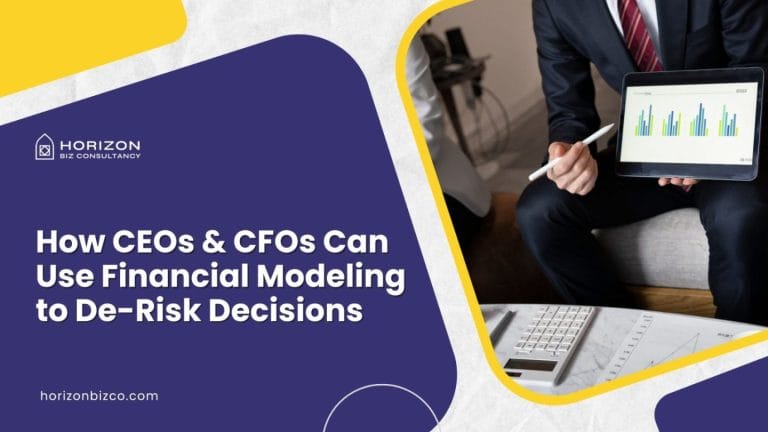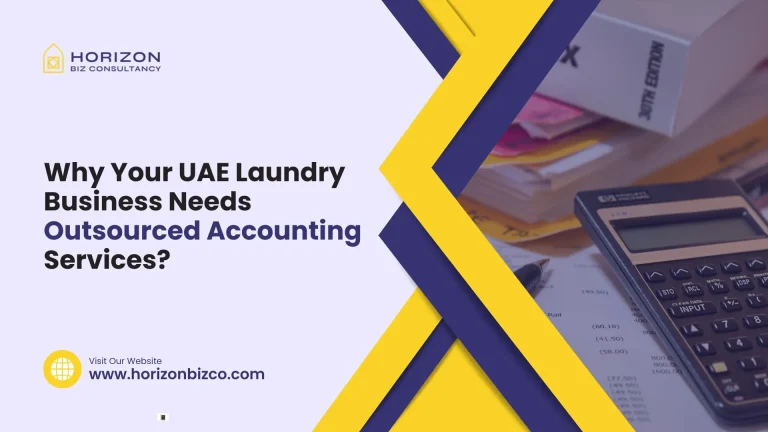Introduction
Not long ago, financial modeling meant building huge spreadsheets once a year and hoping they would hold up. But in today’s fast-changing world, that’s not enough. A sudden change in interest rates, new government rules, supply chain delays, or global events can throw old plans out the window overnight.
That’s why forward-thinking leaders are turning financial modeling into something much more powerful, a real-time decision-making tool that helps them see what’s ahead, adapt quickly, and reduce risks before they become problems.
From Spreadsheets to Smart Systems
Think of the old way of modeling as a photo, it captured one moment in time. Today’s models are more like a live video feed, constantly updated with new data and scenarios.
- No more waiting for quarterly reviews.
- No more relying only on past data.
- No more treating forecasts as fixed truths.
Instead, leaders can now test multiple futures, spot risks early, and pivot faster than their competitors.
Why Predictive Modeling Gives You an Edge
Plan for Different “What If” Scenarios: Whether the market grows or faces disruptions, scenario planning helps you prepare for both and act with confidence.
Make Faster Decisions: With live data feeding into your models, you can go from “We need a meeting” to “Here’s the decision” in hours, not weeks.
Spend Where It Counts: Know which projects will deliver the best returns under different market conditions, so your resources are always working harder.
Stay Ahead of Risks: It’s not just about predicting revenue, it’s about understanding potential challenges and putting a plan in place before they happen.
A Simple CEO Playbook for Predictive Modeling
- Start with your big questions: e.g., “If costs rise by 10%, how will it affect our plans?”
- Look beyond your company: Track trends in your industry, economy, and even competitor moves.
- Automate the boring stuff: Let software update your data so your team can focus on decisions.
- Think short and long term: Plan for the next 90 days, the next 2 years, and the next 5 years.
Conclusion:
In unpredictable times, predictive modeling is no longer just a finance task; it’s a strategic tool for survival and growth. The companies that win won’t just collect data; they’ll use it to see what’s coming and act before the market shifts.
FAQ’s
Today’s models are no longer static spreadsheets. They integrate live market data, predictive analytics, and AI-driven scenario simulations, enabling decision-makers to pivot quickly in volatile markets.
Yes. With cloud-based tools and affordable analytics platforms, predictive modeling is no longer limited to large corporations. SMEs can now model cash flow, stress-test plans, and forecast with real-time data.
It allows leaders to see multiple “what-if” outcomes instantly, from supply chain disruptions to sudden regulatory changes, and make decisions backed by data rather than assumptions.
Beyond accounting basics, skills in data analytics, industry benchmarking, and scenario planning are crucial. Increasingly, teams are combining finance expertise with technology proficiency.
Not entirely, AI enhances the accuracy and speed of models, but strategic interpretation still requires human insight. Analysts now focus less on manual calculations and more on strategic guidance based on model outputs.





